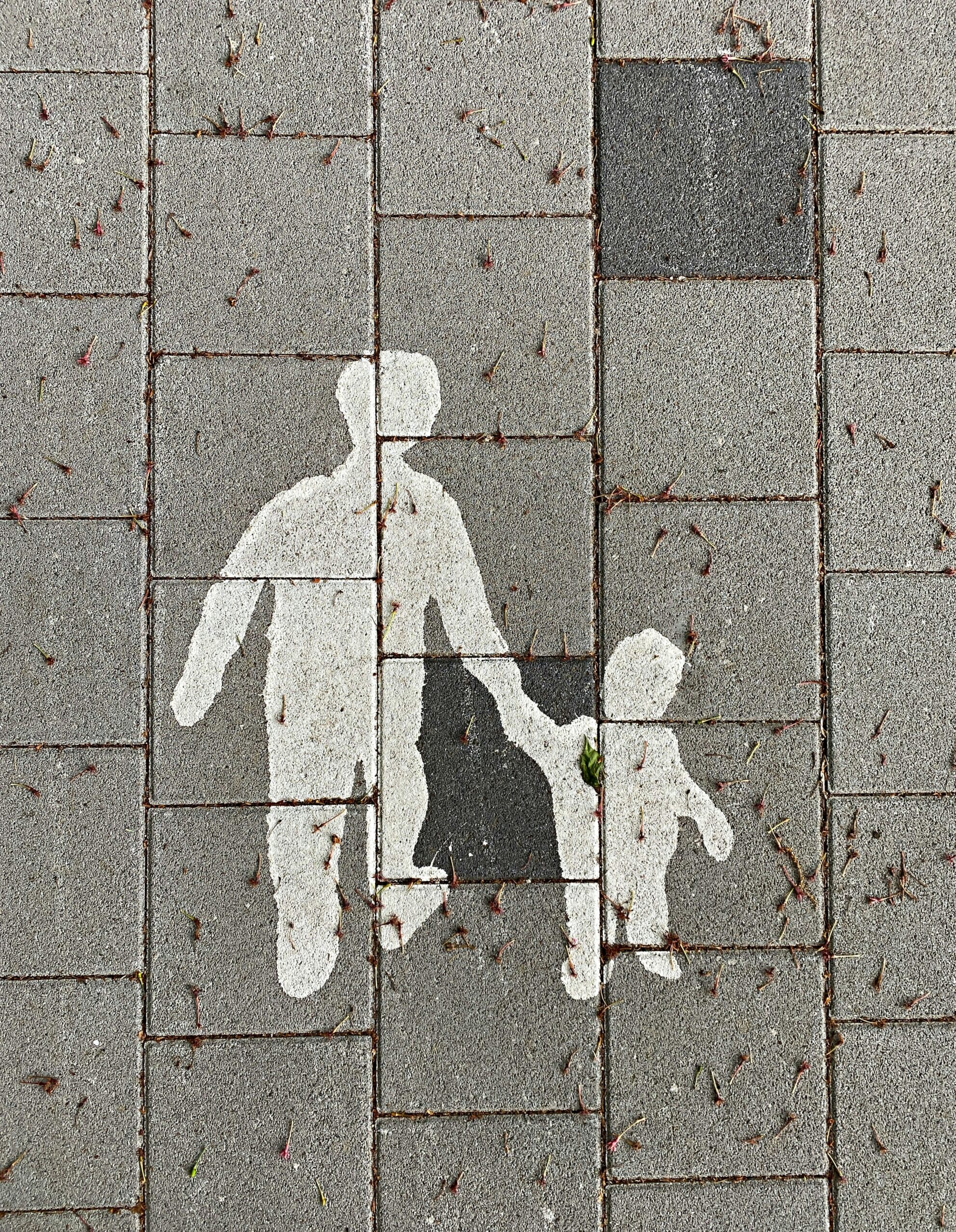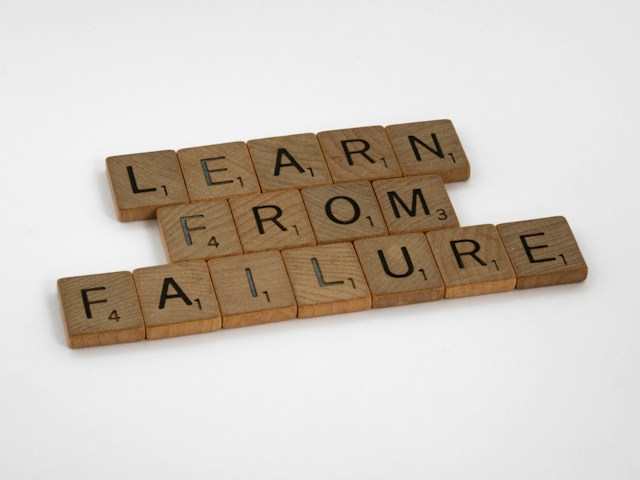Poetry and Plumbing

Photo by kevin laminto on Unsplash
Essential Elements of an Effective Leader: The Vision and the Execution
Effective leadership requires both poetry and plumbing. According to The Hidden Brain Podcast with host Shankar Vedantan, who speaks to Stanford University’s Huggy Rao about leadership, to discuss how leadership needs both ‘poetry’ and ‘plumbing’ to be successful. Rao states that the poetry in leadership is the vision, and the plumbing is essentially the execution that brings the vision to life.
The Balance: Vision and Execution
In my leadership journey, I have learned that these two elements, poetry and plumbing, vision and execution, must be joined together to be led effectively. In the episode, Rao and Vedantam discuss the infamous Fyre Festival as an example of failed leadership. It was a highly publicized, visionary event that completely collapsed into disaster due to a lack of execution and attention to detail. There was plenty of poetry and vision and a sheer lack of plumbing and execution.










